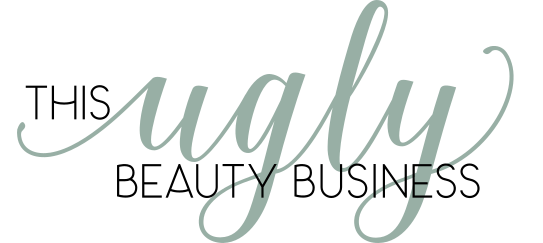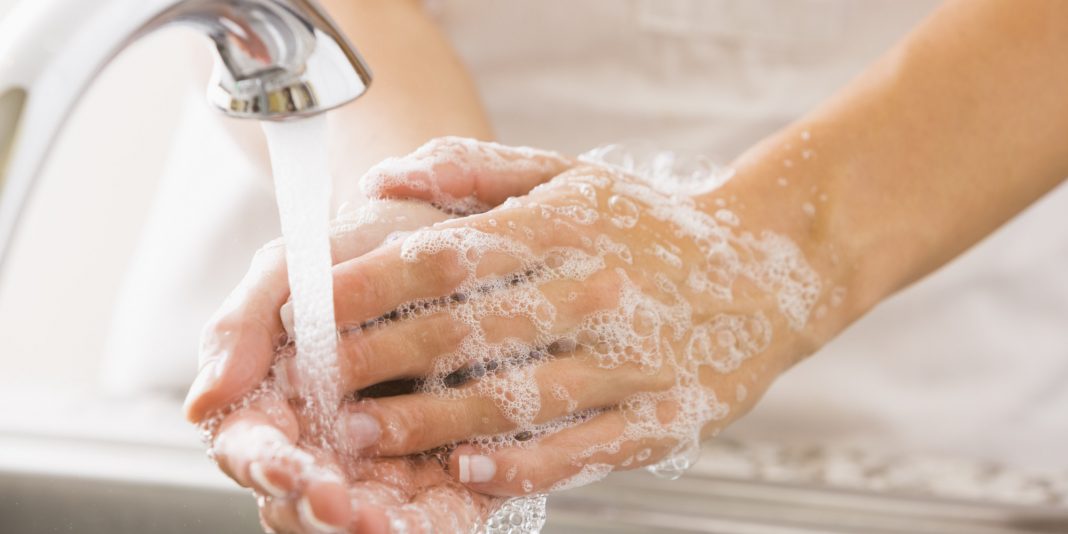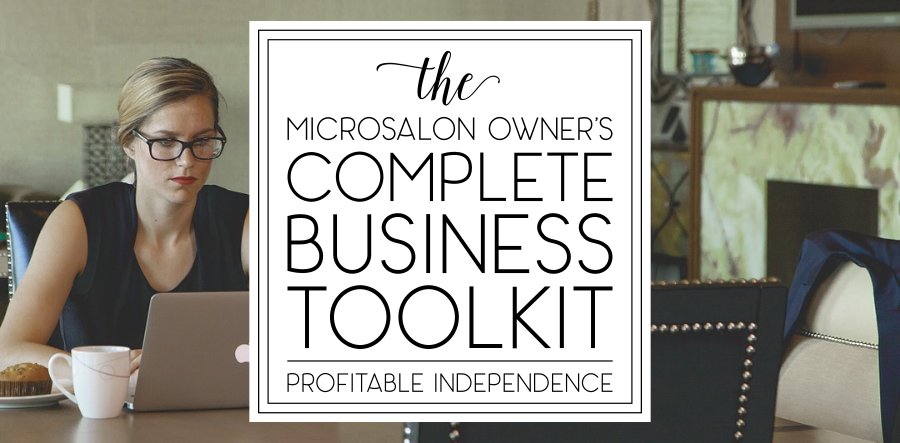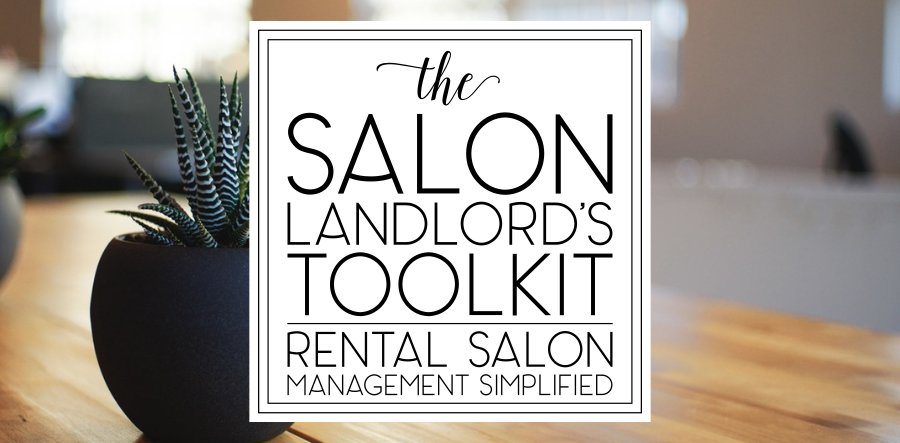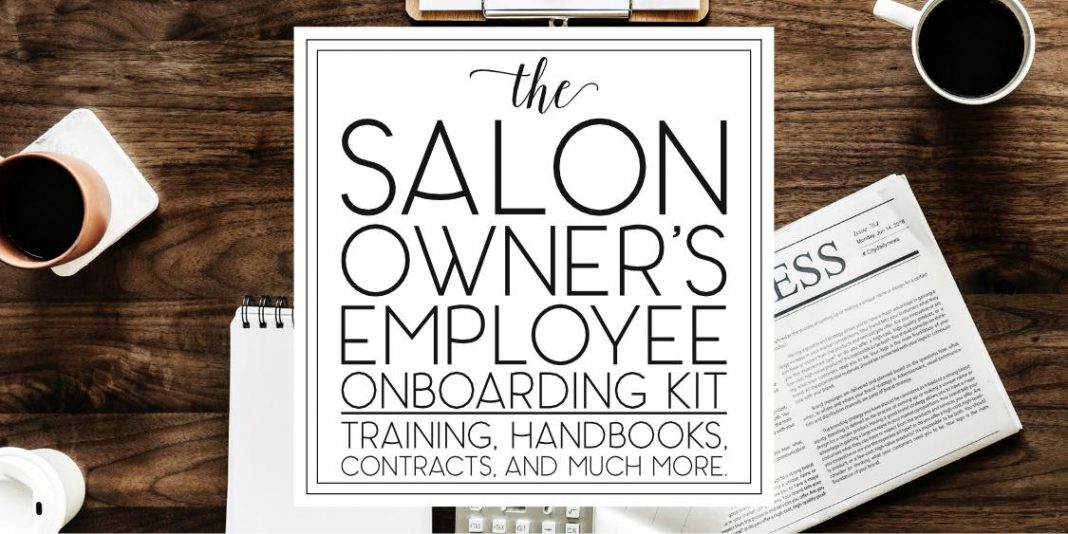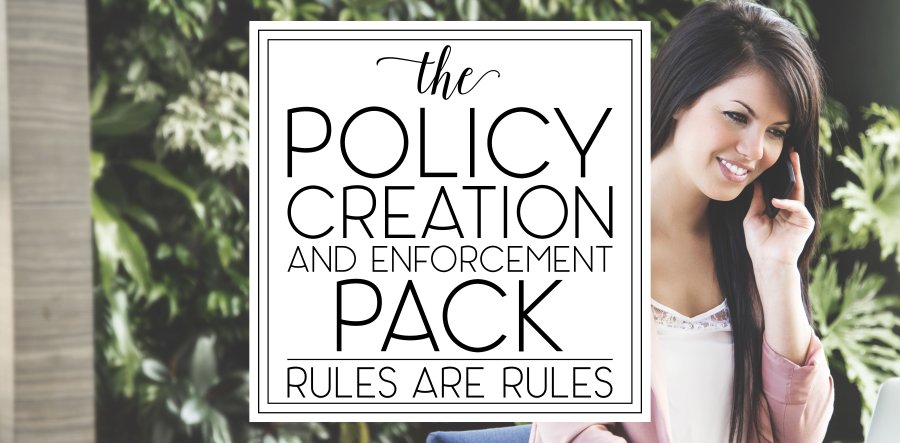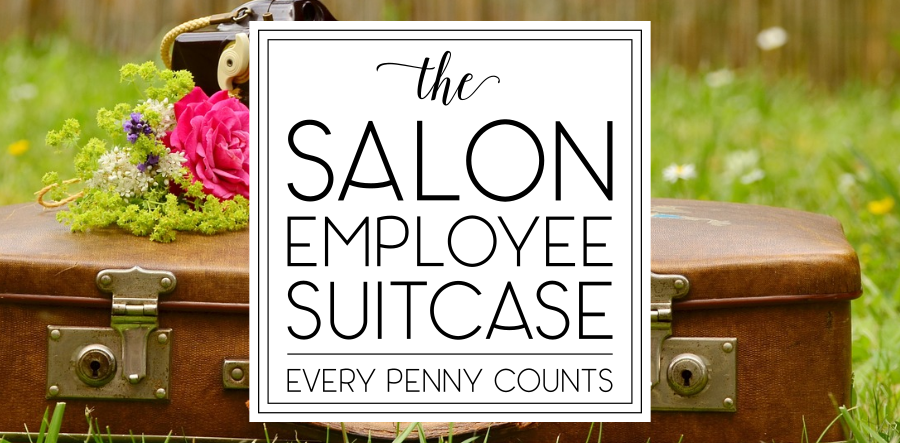The theme this week seems to be client safety. My last post focused on MMA monomers and how dangerous they are. This time, I’m going to focus on disinfection and sanitation, as well as license limitations. This article is geared towards both salon professionals and clients.
Clients, when you go into a new salon, take a quick look around. Are the combs and clips your hairdressers use being put away in a separate area (for disinfection later), or are they just being shoved back into a drawer for use on the next client? Are the stylists using some sort of barrier (either neck strips or towels) to keep the collar of the cape from touching the client’s skin? If not, are the capes being put in a hamper for laundering between clients? Is the floor being swept immediately after cutting and directly before the stylist begins styling the client in her chair? Does your stylist remove the hair from the styling brush after working on a client?
How about your nail technician? Does she remove her drill bit from her e-file immediately after using it and soak it in disinfectant or does she just leave it in the hand piece for use on the next client? Are her implements stored in a clean, dry container and soaked in a wet sanitizer immediately after use? After each pedicure, is the pedicure tub being wiped out with alcohol, filled up with steaming hot water and an EPA-registered disinfectant, and run for 10-20 minutes before being wiped out with alcohol again? Do they remove and clean the screens and inside the jets at the end of the day? Where are her files coming from? Are they brand new, individually wrapped disposable files? Or does she use washable/disinfectable ones that she keeps stored in a dry, sealed container? Are they free of dust and other contaminants? After using her file, does she throw it away, give it to you to keep, put it your personal implement box, store it in a sealed container labeled with the words “dirty” or “contaminated”….or does she just stick the file in a drawer?
How about the products in your salon? Are they labeled? Does the salon keep MSDS sheets for each product they carry? Do they appear to have a thorough consultation procedure, during which any potential contraindicative medical conditions, allergies, and chemical reactions are discussed? Does your salon professional educate you during the service about what they’re doing, what products they’re using, and why? Are the salon professionals washing their hands (or sanitizing them) in between clients?
When you get your brows waxed, does the esthetician dispose of each stick she uses immediately after she places the wax on your skin, or does she dip that same stick (containing dead skin particles) back into the tub of wax? Are all of the operators licensed with their documentation laminated and displayed?
These are all things that you, as a consumer, should be looking out for. Dirty implements, poor sanitation procedures, and unlabeled products in the salon should set off alarms in your head the same way they would in a doctor’s office. I strongly recommend that you check with your state’s regulations regarding salon sanitation and disinfection before EVER visiting a salon.
Now I know you’re probably thinking, “I’ve never had a problem with salons before.” And to you people, I say: Just because something bad hasn’t happened yet doesn’t mean it won’t.
As a nail technician, I see too many clients that have contracted fungal infections, nail disorders, skin lesions, and staph infections from a careless technician in a filthy salon. While I have yet to see or hear of a hair client contracting a disorder due to a careless stylist (other than the occasional skin laceration, burnt hair, broken hair from bad hair extension placement, chemical skin burn, or iron burn), the thought of a stylist using the same dirty comb on me that she used on the 80 year old client before me (that hadn’t washed her hair in three weeks) makes my skin crawl. I’m sure none of you, as clients, know what a comb looks like when an elderly (or just plain lazy) client comes in with hair that hasn’t been washed in a few weeks, but I’ll help you form a visual. Even after shampooing the client, the comb knocks loose a bunch of nasty business. When you’re done combing and sectioning the hair, the comb contains a gooey concoction of hair, flakes of dandruff, and gummy chunks of dead skin and scabs. I assure you that if you had ever seen the kind of garbage combs pick up and keep between their teeth, you would start visually inspecting them before allowing a stylist to touch you with one…just sayin’.
As professionals, you should be treating every client as if they’re undercover health inspectors.
Before a service, after I’ve seated my client, I prepare my desk. I set out a clean towel with a paper towel on top. I pull my implements from their cases, arrange my products on the table, and let them see me pull a clean file and buffer out of a Sterilite container marked “Disinfected.” After I use a tool, I wipe it clean with the paper towel and put it into my wet sanitizer. When I’m done with the service, while they’re drying, I remove the implements from the wet sanitizer. I dry them and put them away. I put the products away. I place the dirty files into a Sterilite container marked “Dirty.” Then, I spray the table with disinfectant and wipe it clean. I throw the towel into the hamper and excuse myself to wash my hands. Without saying a word, I’ve shown my clients that I care about their welfare. It’s that easy.
You are essentially a health care worker. You are responsible for protecting your clients from the various bacteria and pathogens you come into contact with every day. You shouldn’t look at sanitation as an optional inconvenient part of your day, but a crucial step in preventing the spread of disease to your clients. The last thing you want is to be considered “unsanitary.”
Clients now are far more educated about proper sanitation than they once were. That ignorance ended when masses of people started catching staph infections from pedicure tubs that were not being cleaned properly, leading to significant media coverage. Don’t get me wrong, there are still a lot of clients out there that don’t care either way. Regardless, you should be caring for your workspace in front of your clients the same way you would as if a health inspector was standing over your shoulder, pen and clipboard in hand, waiting for an excuse to fine you.
Before you think about slacking on sanitation, think about whether or not you’d use that same tool or implement on your own hair, whether you’d soak your feet in that pedicure tub, and whether you’d be comfortable putting your hands in your mouth after you’ve touched whatever part of a client’s body you just finished touching. (Seriously, not washing your hands in between clients is really nasty.) If the answer is “yes” to any of those questions, you need to turn your license back over to your state. Please, do us all a favor.
Alright, I’m done preaching for now. I’m fairly certain my next post will be about unethical upselling tactics that consumers in particular need to be aware of. I’ve done one too many clients with the new “acrylic gel” hybrid this week. (No, it doesn’t exist. Yes, nail salons are charging $10 more for it…but we’ll save that for later this week.)
